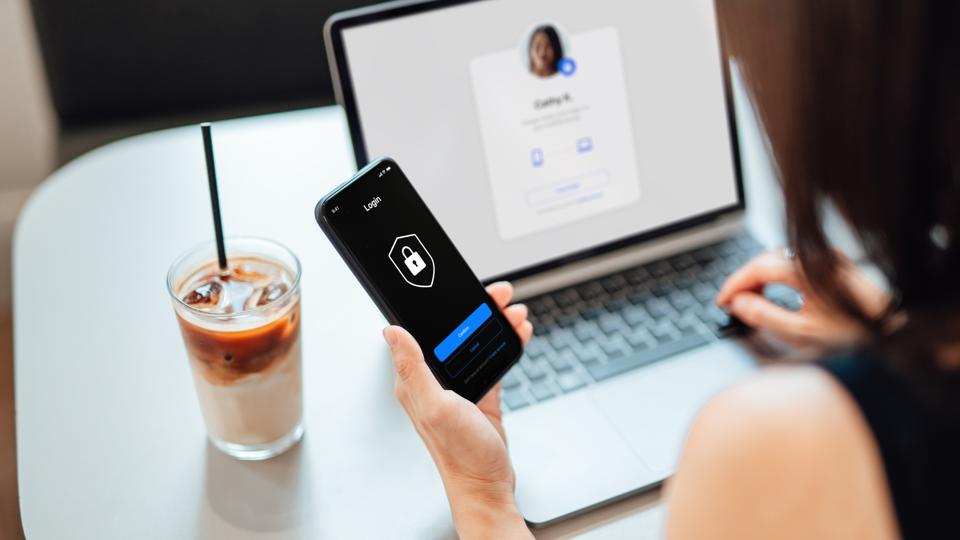Technology has revolutionised banking, making it convenient to complete tasks like balance checks, fund transfers, and bill payments anytime, anywhere. Yet, this ease also makes one susceptible to fraud and identity theft. If your personal banking information falls into the hands of fraudsters, they can exploit it to access your funds without your knowledge and accumulate huge expenses under your identity. Thus, it is crucial to protect your accounts against such thefts.
Although banks implement strong security measures, the responsibility also lies with the account holder. Having said that, here is what you can do to stay protected against potential fraud or identity theft.
- Strengthen your passwords and PINs
Always create strong passwords and Personal Identification Numbers (PINs) for your Current Account. Include upper and lower-case letters along with numbers and special characters. Avoid using information like birthdays, names, or common words. Most importantly, use different passwords for different accounts to prevent a domino effect if one password is compromised.
- Go for multi-layered security
Always choose two-factor (2FA) or multi-factor authentication (MFA) to add more security to your online banking experience. Instead of depending solely on a password, both 2FA and MFA require additional information for verification. You can use this feature by activating text messages, email alerts, or biometric authentication.
Even if an unauthorised individual obtains your password, accessing your account without the second authentication factor is extremely difficult.
- Secure your devices and network
While public Wi-Fi networks offer convenience, they also expose your online security to considerable risk. Do not make sensitive transactions or use your Current Account through public Wi-Fi connections. Opt for a secure or private network to maintain your data confidentiality.
Enhance the security of devices you use to access your online Current Account. Install antivirus and anti-malware software to counter potential threats. Also, use a unique password to secure home Wi-Fi against unauthorised access.
- Monitor your account regularly
Review your account statements, transaction history, and alerts provided by your bank regularly. Many banks provide mobile banking apps to help you actively monitor your account in real time and detect any unauthorised transactions. If you identify any suspicious activity, contact your bank immediately and report the matter.
- Be cautious with emails and links
Beware of phishing scams, where cybercriminals attempt to steal your personal information by posing as legitimate entities. Never open suspicious links or download any attachment from unknown sources.
Banks usually don’t ask for yourCurrent Account documents or any other sensitive information through email. To verify the authenticity of an email, contact that institution directly using official contact details rather than the information provided in the email.
- Look out for your card
You are issued a debit or ATM card when you complete the Current Account opening process with any bank. Exercise caution at a store or restaurant when handing your card to others for payment. Make sure that your card is only swiped on legitimate card terminals. Cybercriminals can manipulate fake card readers to steal your information, but you can significantly reduce this risk by being vigilant.
To wrap up
Using a strong and unique password, verifying transactions, choosing a secured network, limiting account access, and updating your information are important measures to keep your account safe. Note that,Current Account requirements may vary; thus, always check with your bank for additional measures you can take to secure your account.
A little effort on your part can help you avoid falling victim to financial fraud or identity theft. So, make sure to prioritise the safety of your Current Account.



